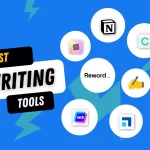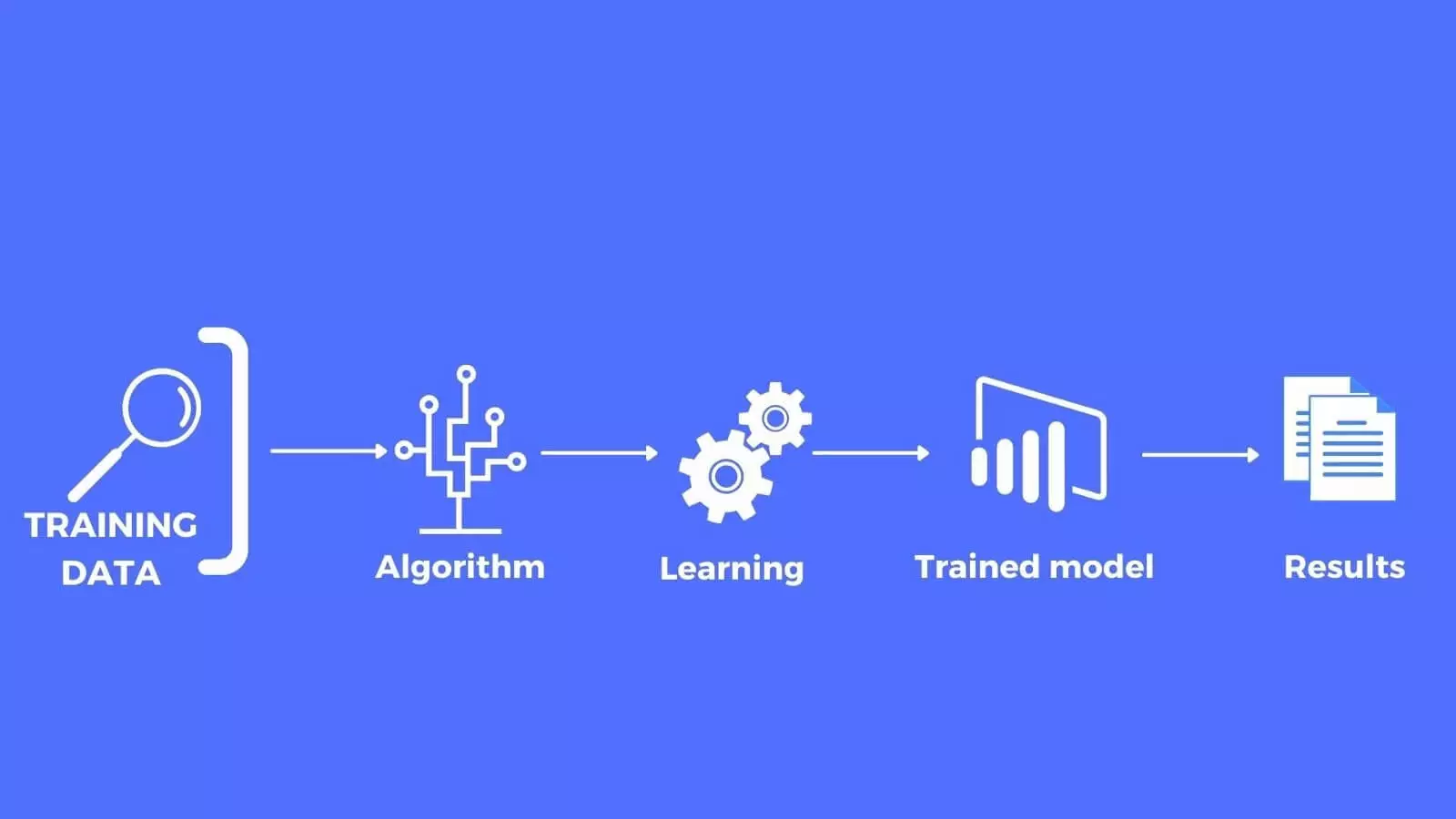To protect yourself against AI doxing, consider using privacy-focused tools, limiting social media exposure, and adopting data encryption to keep your personal information safe from AI-driven tracking. In this guide, we explore the nature of AI doxing tools, how AI enhances privacy risks, and provide essential strategies to help you safeguard your digital privacy.

Content
Understanding AI Doxing
Doxing, or the act of gathering and sharing personal data without consent, is a tactic that has traditionally relied on manual research. However, AI doxing tools have transformed this approach by analyzing vast data sets from various sources, scraping social media, emails, and other online platforms to create detailed profiles on individuals at an unprecedented speed.
Key Differences: Traditional vs. AI-Driven Doxing
| Aspect | Traditional Doxing | AI-Driven Doxing |
| Data Collection Speed | Slow and manual | Automated and significantly faster |
| Privacy Risks | Limited to the scope of manual searches | Extensive, as AI aggregates multiple data sources |
| Accuracy in Targeting | Potentially inconsistent | Highly precise due to AI’s big data capabilities |
AI’s Role in Heightening Privacy Concerns
AI privacy concerns emerge from its power to track, interpret, and compile data from various public and private sources, creating detailed behavioral and preference profiles that pose significant privacy risks. This data can include everything from browsing habits to inferred personal characteristics and connections.
Risks of AI-Driven Doxing
- In-depth Profiling through Data Tracking: Advanced AI data tracking tools can quickly compile comprehensive profiles from scattered online activities.
- Limited Regulatory Oversight: While regulations such as GDPR are positive steps, more comprehensive policies are needed globally to govern AI’s use in data collection.
Practical Measures to Guard Against AI-Driven Doxing
As AI in cybersecurity expands, individuals can take specific measures to protect themselves:
Embrace Privacy-Focused Tools
Several tools can help defend against AI-driven data tracking, including VPNs (Virtual Private Networks) that mask browsing activities, encrypted messaging apps for private communication, and privacy-focused browsers that block cookies and ads, enhancing personal security.
Manage Social Media Exposure
AI tools commonly source data from social media profiles. Limiting what you share publicly, making accounts private, and disabling location tracking features can greatly reduce exposure to unwanted attention.
Implement Data Encryption
Encryption encodes your data, making it unreadable to unauthorized parties. Tools like end-to-end encrypted messaging apps and secure cloud storage options can help secure data against AI-based tracking threats, adding an extra layer of defense to digital communications and storage.
| Privacy Tool Type | Function | Example |
| VPN | Anonymizes browsing by hiding IP addresses | NordVPN, ExpressVPN |
| Encrypted Messaging Apps | Protects messages from interception | Signal, WhatsApp |
| Privacy Browsers | Blocks ads, cookies, and third-party trackers | Brave, DuckDuckGo |
Ethical Considerations and Data Protection Measures
Ongoing debates around AI data ethics focus on balancing technological advancements with individual privacy protections. Governments are adopting measures such as the GDPR in Europe, which aims to safeguard users’ data rights. Ethical considerations in this realm include:
- Transparency: Companies should disclose their data collection practices to users.
- User Control: Individuals need more control over their data, including the right to opt out of data sharing or tracking.
- Algorithmic Fairness: Reducing bias in AI models used for profiling is crucial to prevent unethical or discriminatory outcomes.
Future Prospects: AI for Privacy Protection
While AI for cybersecurity currently poses privacy risks, it also holds potential as a defensive tool in data protection. Emerging AI-powered privacy tools are being designed to automatically detect breaches, monitor suspicious activities, and secure data in real-time. Future applications of AI in data privacy are expected to include:
- Predictive Privacy Solutions: These tools will use AI to detect vulnerabilities and automatically adjust security settings to safeguard personal information.
- AI in Threat Detection: Advanced software that identifies and mitigates potential AI-powered privacy threats before they affect users.
Summary
The rise of AI doxing tools has increased the importance of proactive privacy measures. Utilizing privacy-enhancing tools, being cautious about social media sharing, and implementing encryption can significantly reduce exposure to AI-driven doxing. As we move forward, regulations and ethical frameworks will shape a safer digital future, highlighting the role of responsible AI development in safeguarding personal data.
FAQs
What is AI doxing, and how does it differ from traditional doxing?
AI doxing uses automated tools to collect and analyze vast amounts of online data to create personal profiles quickly, unlike traditional doxing, which relies on slower, manual data gathering methods.
What are some practical steps to protect against AI doxing?
Using privacy-focused tools like VPNs and encrypted messaging apps, managing social media exposure, and encrypting data are essential steps to mitigate AI-driven doxing risks.

I’m Kelly Hood! I blog about tech, how to use it, and what you should know. I love spending time with my family and sharing stories of the day with them.







